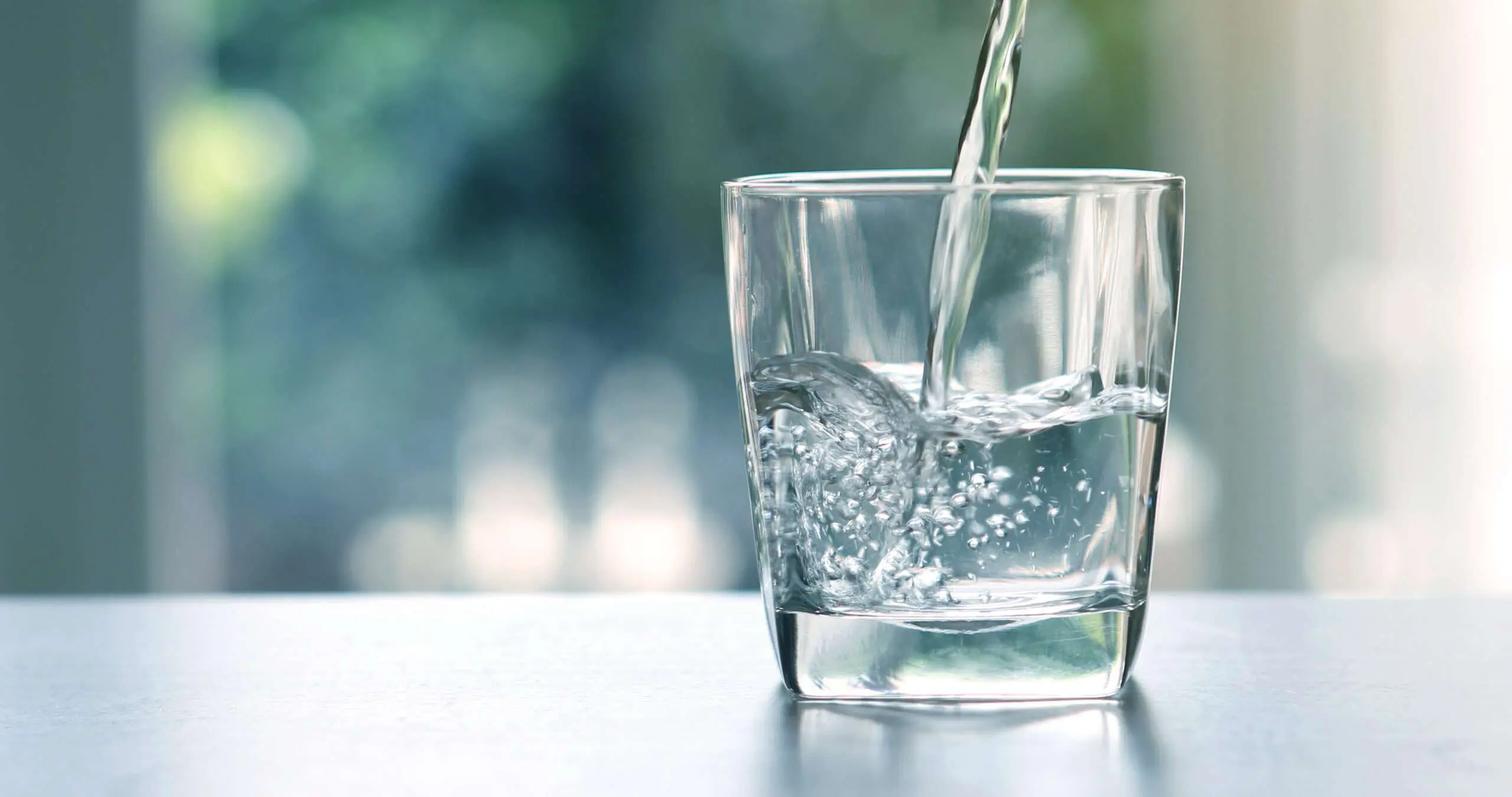What are PFAS Substances?
Per- and poly-fluoroalkyl substances (PFAS) have been increasingly discussed in recent years. These persistent synthetic compounds are utilized in various industrial and consumer products, including non-stick cookware, water-repellent clothing, and firefighting foams. Termed “forever chemicals” due to their long-lasting nature, PFAS have been in use since the early 1940s.
Approximately 650 variations of PFAS chemicals exist, with some extensively studied. Scientists and toxicologists now link certain PFAS compounds to health issues such as decreased fertility, developmental delays, and increased cancer risks.
Final PFAS Drinking Water Regulation
The presence of PFAS in drinking water has raised public concern, prompting many states to set their own limits while the federal government developed a PFAS Strategic Roadmap. Following an evaluation of over 120,000 public comments, on April 10, 2024, the United States Environmental Protection Agency (USEPA) announced the final National Primary Drinking Water Regulation (NPDWR) for six PFAS. These regulations establish legally enforceable Maximum Contaminant Levels (MCLs) for PFOA, PFOS, PFHxS, PFNA, and HFPO-DA, as well as PFAS mixtures. Additionally, the EPA finalized health-based, non-enforceable Maximum Contaminant Level Goals (MCLGs) for these substances.
The regulations are as follows:
| COMPOUND | FINAL MCLG | FINAL MCL (Enforceable Levels) |
| PFOA | Zero | 4.0 parts per trillion (ppt) (also expressed as ng/L) |
| PFOS | Zero | 4.0 ppt |
| PFHxS | 10 ppt | 10 ppt |
| PFNA | 10 ppt | 10 ppt |
| HFPO-DA (GenX Chemicals) | 10 ppt | 10 ppt |
| Mixtures containing two or more of PFHxS, PFNA, HFPO-DA, and PFBS | 1 (unitless) Hazard Index | 1 (unitless) Hazard Index |
The final rule mandates that public water systems:
- Complete initial monitoring for these PFAS by 2027, followed by ongoing compliance monitoring.
- Provide the public with information on PFAS levels in their drinking water starting in 2027.
- Implement solutions to reduce PFAS levels by 2029 if monitoring shows they exceed MCLs.
- Take action to reduce PFAS levels and notify the public of violations by 2029 if their drinking water exceeds MCLs.
What’s Next?
Advanced drinking water treatment systems for PFAS will necessitate significant community investments. According to the American Water Works Association (AWWA), over 5,000 water systems will need to develop new water sources or install and operate advanced treatment. Another 2,500 water systems in states with existing standards will need to adjust their PFAS treatment systems.
U.S. Water is prepared to assist clients in navigating the new NPDWR, offering expert guidance through our technical support group.




